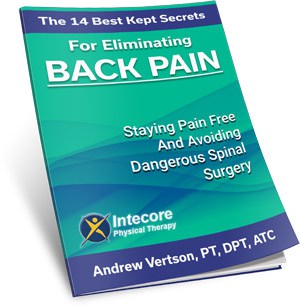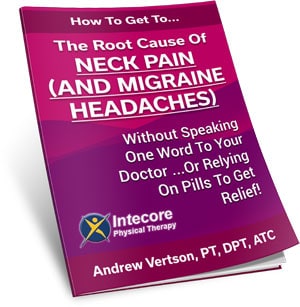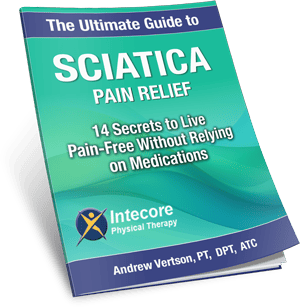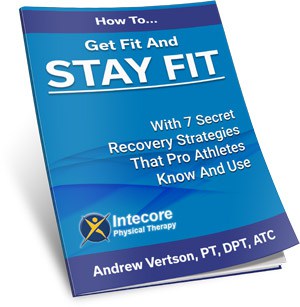
As the new school year begins, one important consideration for parents is ensuring their child’s backpack functional and won’t cause them any trouble like back, neck or shoulder pain.
We often overlook how a poorly chosen or improperly used backpack can lead to significant back pain and discomfort for our kids. With all the excitement of new classes, activities, and friends, the last thing your child needs is to be weighed down—literally—by their backpack.
In this blog post, we’ll explore five tips to keep your child’s backpack from causing back pain. From selecting the right size to ensuring proper weight distribution, these tips will help protect your child’s back and keep them comfortable throughout the school year.
Let’s dive in!
More Posts Like This From Intecore Physical Therapy:
5 Sciatica-Friendly Travel Tips for Your Summer Vacation
How To Sleep with Sciatica and Back Pain
Things To Avoid With Cervical Spinal Stenosis
Tip 1: Choose the Right Size Backpack
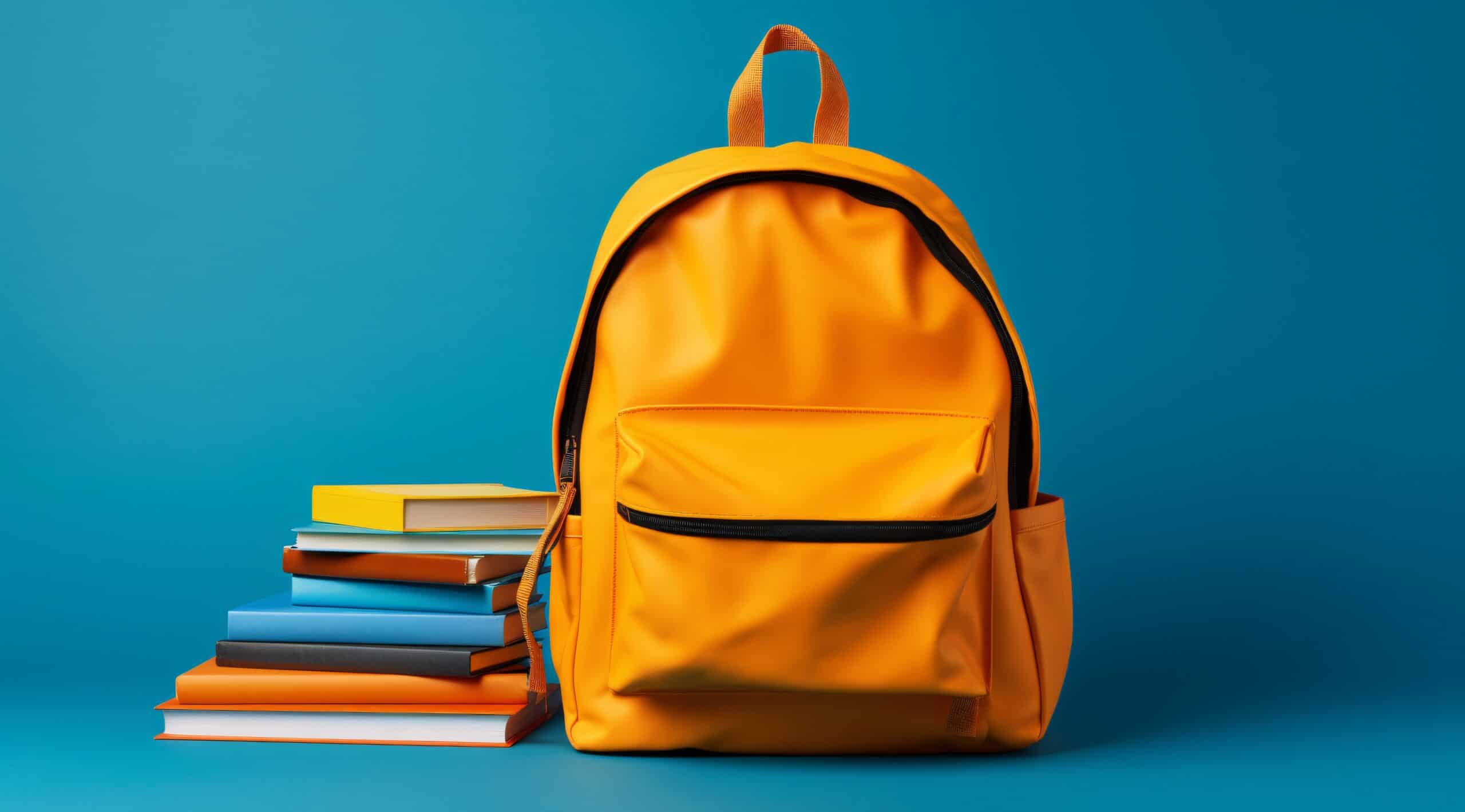
The type of backpack your child wear can have an impact on their posture and if they’ll experience back pain.
A backpack that is too large or too small can cause improper weight distribution and lead to strain on your child’s back, shoulders, and neck.
A properly sized backpack ensures that the weight is evenly distributed across your child’s back, reducing the risk of injury. The backpack should sit comfortably on their shoulders and back without sagging or being overly tight.
What to Look For:
- Backpack Height: The height of the backpack should match the length of your child’s torso, sitting approximately 2 inches below the shoulders and no more than 4 inches below the waistline. This positioning helps maintain a balanced center of gravity.
- Backpack Width: The width of the backpack should be proportional to your child’s back and not extend beyond their shoulders. A backpack that is too wide can cause the straps to slip off and create an uneven load.
- Straps and Padding: Look for backpacks with wide, padded shoulder straps to provide comfort and reduce pressure on the shoulders. Adjustable straps are essential to ensure a snug fit and proper positioning on the back.
Whenever possible, have your child try on the backpack before purchasing. Adjust the straps and check the fit to ensure it’s comfortable and correctly positioned. Also, make sure the empty backpack itself isn’t too heavy. Lightweight materials can help keep the overall weight down, which is essential once school supplies are added.
By choosing the right size backpack, you can significantly reduce the risk of back pain and help your child carry their school essentials comfortably.
Tip 2: Prioritize Proper Weight Distribution
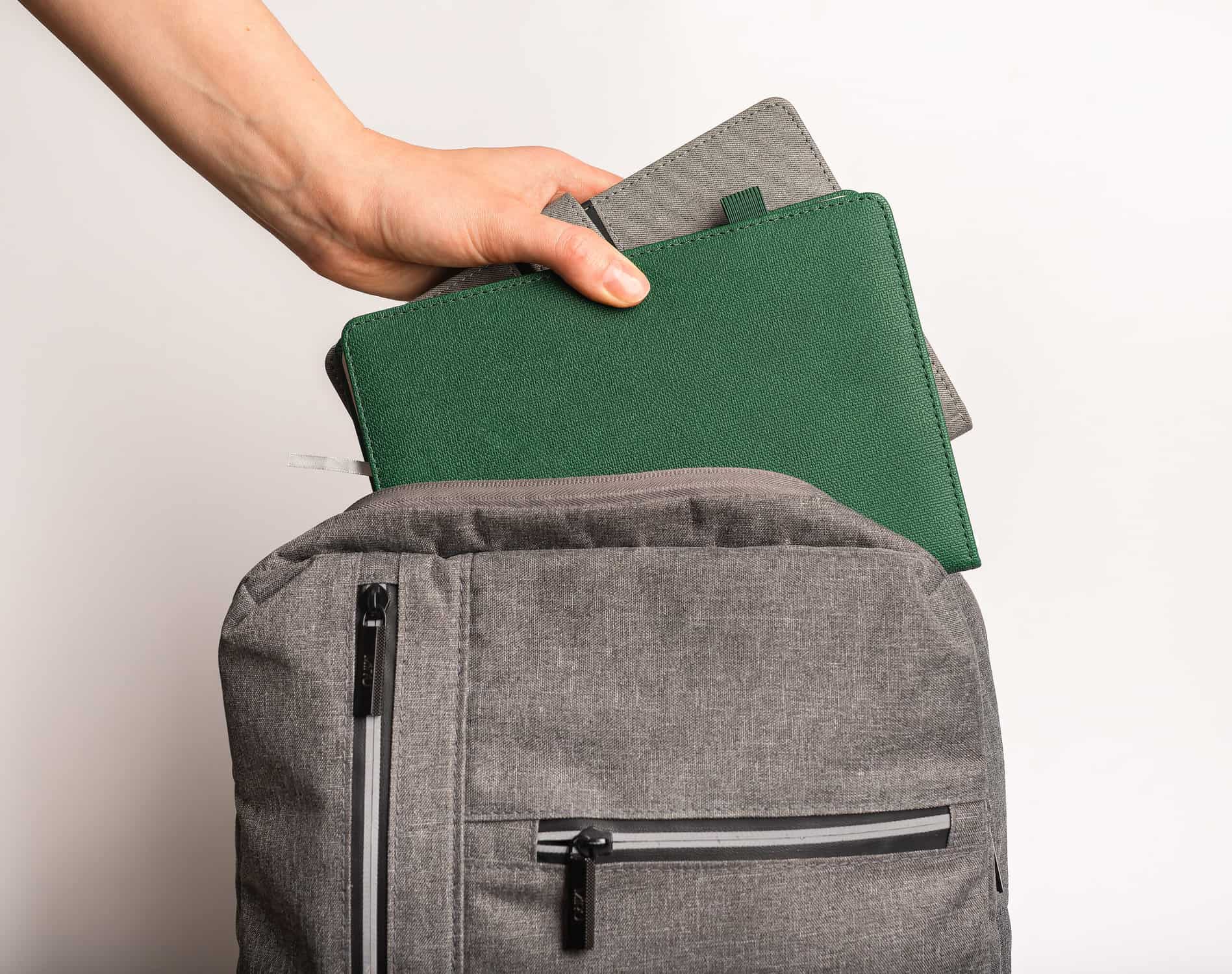
Proper weight distribution helps to evenly spread the load across your child’s back, reducing pressure points and minimizing the risk of back pain.
How to Achieve Proper Weight Distribution:
- Use Multiple Compartments: Choose a backpack with multiple compartments to help distribute weight evenly. This allows you to place heavier items close to the back and lighter items towards the front.
- Pack Heavier Items First: Place heavier items like textbooks and binders at the back of the backpack, closest to your child’s spine. This positioning helps maintain balance and reduces the pull on your child’s shoulders.
- Utilize Side Pockets: Use side pockets for smaller, lighter items such as water bottles and snacks. This helps distribute the weight more evenly and keeps the center of gravity closer to the body.
- Avoid Overpacking: Keep the backpack’s weight manageable. A general rule is that the backpack should not exceed 10-15% of your child’s body weight. Regularly check the contents to remove unnecessary items that add extra weight.
- Evenly Distribute Supplies: Ensure that items are evenly distributed on both sides of the backpack. Avoid placing all heavy items on one side, as this can cause an imbalance and lead to uneven strain.
Adjusting the Load:
Waist and Chest Straps: If the backpack has waist and chest straps, use them. These straps help redistribute weight from the shoulders to the hips and chest, providing better support and balance.
Adjustable Straps: Make sure the shoulder straps are adjusted to keep the backpack snug against your child’s back. This helps keep the load close to their body and distributes weight more evenly.
Tip 3: Adjust the Straps Correctly

When the straps of your child’s backpack are properly adjusted, the backpack sits snugly and comfortably, which helps distribute the weight evenly.
If the straps are too loose, the backpack will sag, causing your child to lean forward to compensate, which can strain their back. If the straps are too tight, they can dig into your child’s shoulders and cause discomfort.
How to Adjust the Straps:
- Start with the Shoulder Straps: Make sure the shoulder straps are tightened enough to keep the backpack close to your child’s back. The bottom of the backpack should sit just above their waist.
- Check for Balance: Ensure both shoulder straps are adjusted to the same length so that the backpack sits evenly.
- Use the Chest and Waist Straps: If the backpack has chest and waist straps, use them! The chest strap helps keep the shoulder straps in place, and the waist strap helps distribute some of the weight to the hips, which is much easier on the back.
Tip 4: Organize and Limit the Contents
An overstuffed or disorganized backpack can put uneven pressure on your child’s back, leading to discomfort and pain. By organizing the contents, you can ensure the weight is evenly distributed.
How to Organize and Limit the Contents:
- Prioritize Essentials: Only pack the items that are necessary for the day. Leave non-essential items at home or in a school locker.
- Use Multiple Compartments: Take advantage of the different compartments in the backpack. Place heavier items like textbooks closest to the back and lighter items further away.
- Keep It Light: Regularly check the backpack to remove any unnecessary items. A good rule of thumb is that the backpack should weigh no more than 10-15% of your child’s body weight.
- Daily Clean Out: Encourage your child to go through their backpack every evening and remove anything they don’t need for the next day. This habit helps keep the backpack light and manageable.
Tip 5: Encourage Good Backpack Habits
Developing good habits early on can help your child avoid back pain and establish a routine that keeps them comfortable and healthy throughout the school year.
Good Backpack Habits to Encourage:
Use Lockers or Desks: Encourage your child to use their locker or desk to store books and supplies they don’t need to carry all day. Lightening the load can significantly reduce back strain.
Wear Both Straps: Always use both shoulder straps to evenly distribute the weight. Slinging the backpack over one shoulder can cause muscle strain and imbalance.
Lift Properly: Teach your child to bend their knees and lift with their legs when picking up their backpack. This technique helps prevent injury and reduces the strain on their back.
Pack Smart: Remind your child to pack their backpack the night before school. This habit allows them to pack thoughtfully and avoid rushing, which can lead to overpacking or disorganization.
Check the Fit: Regularly check that the straps are adjusted correctly and that the backpack fits well. As your child grows, adjustments may be needed to ensure continued comfort.
When to Get Help with Physical Therapy for Your Child
Watching your child deal with back pain can be very concerning, especially if it doesn’t go away after a while. While some aches and pains are normal as kids grow, persistent back pain should be addressed right away.
A physical therapist can work with your child to alleviate pain, improve posture, and strengthen muscles, helping them get back to their active, pain-free selves.
To find out more, give us a call: 949 569-5742 or fill out our quick inquiry form here and we’ll get back to you!
- What Is Gout? Why It Happens and What You Can Do About It - November 17, 2025
- 3 Essential Back-Saving Tips You MUST Know Before Any Workout - November 14, 2025
- Are You Experiencing Shoulder Pain from Sleeping Wrong? - October 21, 2025




